
How Much Room Should You Leave When Overtaking a Cyclist?
Cyclists and e-bike riders are vulnerable road users, so leaving enough space when overtaking is essential. In the UK, the Highway Code recommends at least 1.5 metres at speeds up to 30 mph, increasing in poor conditions. Following these rules protects riders, prevents accidents, and keeps traffic flowing safely.
Why Safe Overtaking Distance Matters
Cyclists are vulnerable road users with minimal protection, making safe overtaking essential. Leaving enough space prevents accidents from sudden movements, wind from vehicles, or road hazards, and reduces collision risks on UK roads.
Maintaining a proper overtaking distance also improves road safety and traffic flow. Giving cyclists space allows them to ride confidently, reduces sudden braking or swerving, and creates a calmer, more respectful road-sharing environment
What the Highway Code Says About Overtaking Cyclists
In the UK, the Highway Code advises drivers to leave at least 1.5 metres when overtaking cyclists at speeds up to 30 mph. Increase this distance at higher speeds, in poor weather, or low visibility to protect cyclists from accidents and road hazards.
Rule 163 – Give Cyclists Enough Space
Rule 163 highlights that cyclists, motorcyclists, and horse riders are vulnerable road users and should be given at least as much space as another car. Key points include:
-
Minimum passing distance: Leave at least 1.5 metres when overtaking cyclists at speeds up to 30 mph.
-
Adjust for conditions: Increase distance at higher speeds, during rain, fog, strong winds, or poor visibility.
-
Mirrors – Signal – Manoeuvre: Check mirrors, signal your intention clearly, and overtake safely without cutting in.
-
Respect road users: Always consider cyclists’ unpredictable movements, such as swerving to avoid potholes or debris.
Other Relevant Rules
-
Rule 164 – Large vehicles: Avoid cutting in too quickly after overtaking large vehicles or cyclists. Large vehicles can block your view, so maintain extra space.
-
Rules 212 & 213 – Obstacles and road hazards: Cyclists may swerve to avoid potholes, drain covers, wet or icy patches. Always leave plenty of room.
-
Avoid dangerous locations: When overtaking cyclists, never pass in risky areas such as bends and corners with limited visibility, junctions, pedestrian crossings, or narrow roads with oncoming traffic, to ensure safe overtaking and protect vulnerable road users.
Following these Highway Code rules ensures safe overtaking, protects cyclists, and promotes a respectful road-sharing environment across UK roads.
Practical Tips for Safe Overtaking
Overtaking cyclists safely is crucial for protecting vulnerable road users and preventing accidents on UK roads. Drivers must maintain a safe passing distance, anticipate cyclists’ movements, and adjust their driving according to road and weather conditions. Following these practical tips can make overtaking safer for both cyclists and motorists.
Slow Down Near Cyclists
Always reduce your speed when approaching a cyclist. Slowing down minimises wind effects that could unbalance the rider and gives you more time to react if the cyclist brakes or swerves suddenly. A controlled approach ensures a safer overtaking manoeuvre.
Anticipate Cyclist Behaviour
Cyclists are not always predictable. They may swerve to avoid potholes, road debris, drain covers, or other hazards. Do not assume you can overtake a cyclist like a car—keep a safe distance and be ready to adjust your position if the cyclist moves unexpectedly.
Overtaking Groups
When cyclists are riding two abreast or in a group, overtake them as a unit. Avoid splitting the group, as this can confuse both the cyclists and other road users. Allow enough space for the entire group to pass safely before returning to your lane.
Be Cautious in Poor Conditions
Overtaking in adverse conditions requires extra care. At night, in heavy rain, fog, icy roads, or strong winds, cyclists are more vulnerable, and their visibility may be reduced. Reduce your speed, increase the passing distance, and ensure the manoeuvre is safe before overtaking.
Use Signals and Check Blind Spots
Always signal your intention clearly before overtaking, and check mirrors and blind spots carefully. Cyclists can be hidden in blind spots, especially near junctions or parked vehicles. Signalling and maintaining awareness ensures safe and legal overtaking.
Can You Cross White Lines to Overtake a Cyclist?
Yes, in the UK, you can cross double white lines to overtake a cyclist, but only if the road ahead is clear and the cyclist is travelling at 10 mph or less. This ensures the manoeuvre is safe and reduces the risk of accidents.
On multi-lane roads, move fully into the next lane when passing to give cyclists enough space. Always check road conditions, traffic, and cyclist behaviour before overtaking to stay safe and comply with the UK Highway Code.
Extra Safety Tips for Drivers
Keeping cyclists safe on UK roads goes beyond following the Highway Code. Careful attention, patience, and responsible driving help reduce accidents, maintain a safe overtaking distance, and create a respectful road-sharing environment for all road users.
-
Check mirrors and blind spots: Always scan your surroundings carefully before overtaking cyclists. This helps prevent collisions and ensures you don’t misjudge their position or speed.
-
Reduce speed when passing: Slow down near junctions, parked vehicles, or areas with limited visibility. Lower speeds give cyclists more space and time to react to hazards.
-
Respect cyclists’ right of way: Anticipate sudden movements, such as swerving to avoid potholes or obstacles, and adjust your driving to maintain a safe distance.
-
Stay alert and patient: Avoid risky overtaking manoeuvres and give cyclists time and space. Staying calm and attentive improves road safety for everyone.
Best E-Bikes for Safe Road Sharing: isinwheel Models
Riding a reliable isinwheel e-bike helps you stay in control on UK roads, making it easier for other drivers to overtake safely. Features like strong brakes, stable suspension, and controlled speed improve safety for both riders and cyclists.
|
Images |
 |
 |
 |
 |
 |
 |
|
Models |
||||||
|
Top Speed |
20 MPH |
20 MPH |
18.6 MPH |
21.7 MPH |
19 MPH |
20 MPH |
|
Peak Power |
500W |
500W |
500W |
500W |
500W |
750W |
|
Battery |
36V 7.8Ah |
36V 13Ah |
36V 7.8Ah |
36V 10.4Ah |
36V 10.4Ah |
36V 10.4Ah |
|
Max Range |
28 miles |
65 miles |
35 miles |
60 miles |
55 miles |
55 miles |
|
Speed (before unlock) |
10/15/25 km/h |
6/10/15/20/25 km/h |
10/15/25 km/h |
6/10/15/20/25 km/h |
6/10/15/25 km/h |
6/10/15/20/25 km/h |
|
Speed (after unlock) |
15/25/32 km/h |
10/15/20/25/32 km/h |
15/25/30 km/h |
6/10/15/20/35 km/h |
15/25/30 km/h |
10/15/20/25/32 km/h |
|
Brake System |
front and rear disc brakes |
mechanical brake |
disc brakes |
mechanical disc brakes |
dual disc brakes |
dual disc brakes |
|
Max Load |
120 kg |
120 kg |
120 kg |
150 kg |
120 kg |
120 kg |
|
Net Weight |
23.2 kg |
27 kg |
23.3 kg |
27kg |
26.5 kg |
28.4 kg |
|
Suspension |
Rear mid shock absorber |
Front suspension |
Adjustable front fork + comfort saddle |
Hydraulic fork |
Dual |
Aluminum front fork |
|
Max Climb |
20% |
37% |
25% |
20% |
20% |
20% |
|
Tire Size |
14×1.95" |
26×1.95" |
16×1.75" |
26×1.95" |
16×2.15" |
26×1.95" |
|
Tire Type |
Pneumatic |
Pneumatic |
Pneumatic |
Pneumatic |
Pneumatic |
Pneumatic |
|
IP Rating |
IPX4 |
IP65 |
IPX65 |
IPX5 |
IPX4 |
IPX4 |
|
Removable Battery |
No |
Yes |
No |
Yes |
Yes |
Yes |
|
Rider Height |
150–185 cm |
160–192 cm |
155–185 cm |
160–190 cm |
140–180 cm |
150–192 cm |
Summary
In the UK, leave at least 1.5 metres when overtaking cyclists at speeds up to 30 mph, increasing distance in poor weather or low visibility. Follow Highway Code rules 163, 212, and 213, prioritising cyclist safety. Riding a reliable isinwheel e-bike helps you stay predictable and safe on the road.
FAQs
Why should you leave room when overtaking a cyclist?
Cyclists are vulnerable road users. Leaving enough space reduces the risk of accidents caused by sudden movements, wind from passing vehicles, or road hazards. It ensures both driver and cyclist safety while promoting responsible road-sharing.
How much space should you give cyclists when passing?
In the UK, drivers should leave at least 1.5 metres when overtaking cyclists at speeds up to 30 mph. Increase the distance in poor weather, low visibility, or at higher speeds.
Is it 2 seconds or 2 car lengths?
The Two-Second Rule states that you should keep at least two seconds of distance from the vehicle in front, regardless of speed. This generally translates to about one car length for every 5 mph, giving enough stopping time. Applying this rule when overtaking cyclists ensures safe space and reaction time.
What is the minimum distance to overtake a cyclist?
The minimum safe overtaking distance is 1.5 metres at speeds up to 30 mph, increasing as speed, weather, or road conditions require. Following the UK Highway Code rules 163, 212, and 213 ensures safe passing.
The Latest Posts
Explore isinwheel products
City E Scooter | Off-Road Scooter
Fastest Scooter | Kids Scooters




















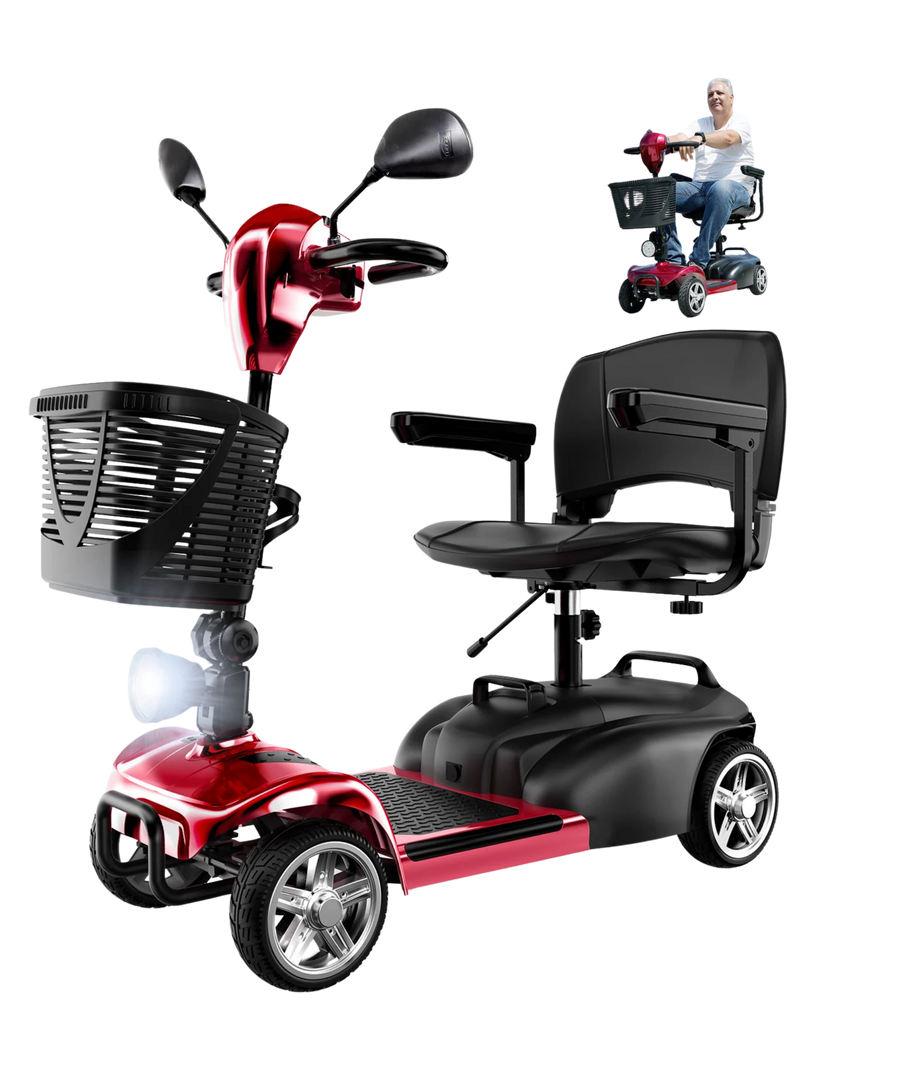


























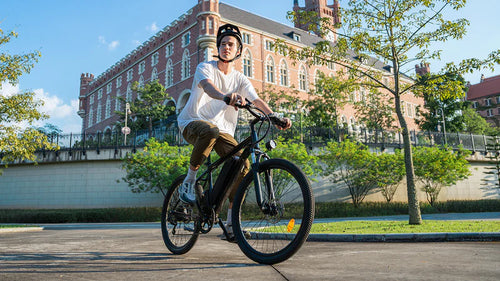
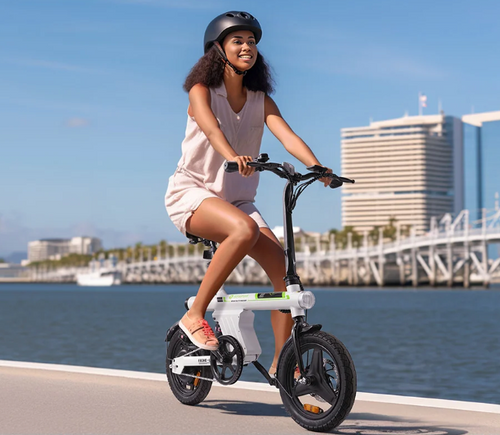


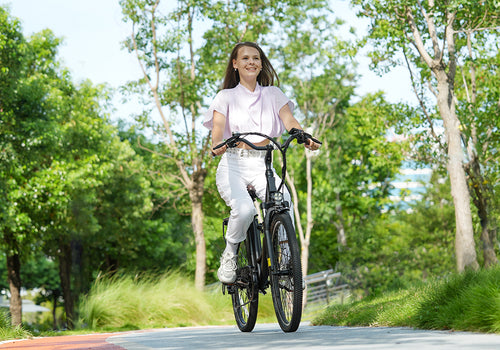
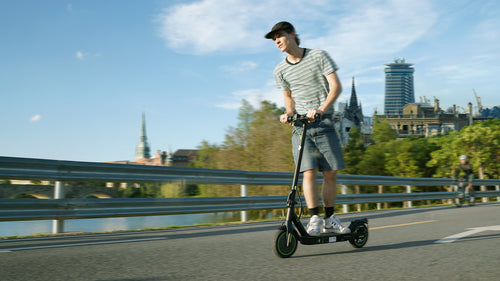


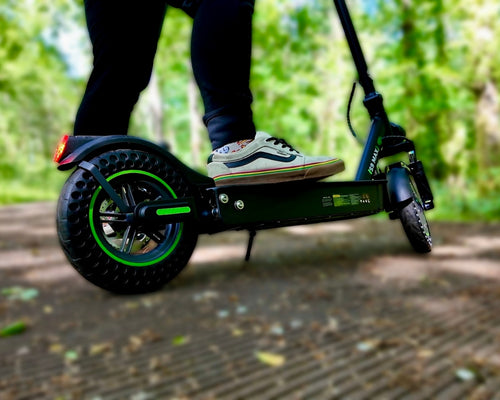
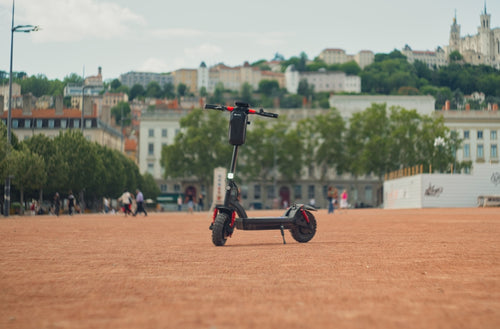
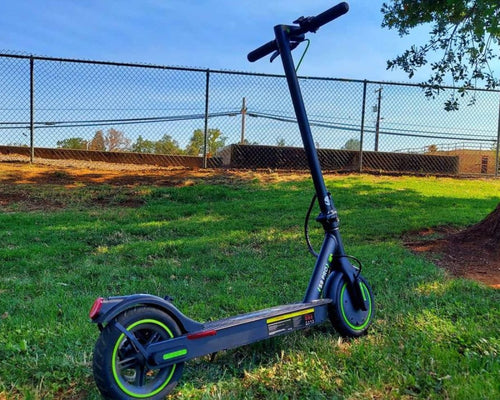





Leave a comment